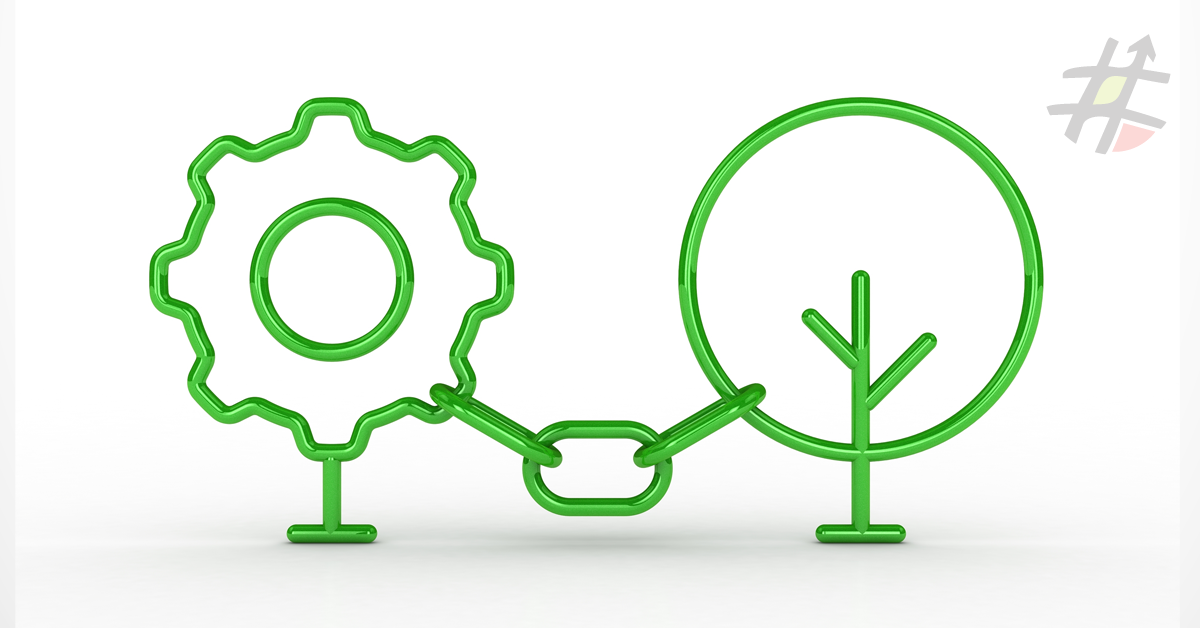‘High quality, affordable products, and services that don’t harm the environment, delivered on demand!’
Sound familiar? That’s the mantra of the modern customer. No longer is it acceptable to sacrifice quality for a cheaper price tag. Nor is it acceptable to cut corners at the expense of the environment and saddle future generations with the cost of today’s cheap products. Oh, and this modern customer hasn’t much patience, either. They don’t like waiting. They pretty much like to have their cake and eat it too.
It’s a lot of conflicting demands for procurement to manage, but it’s a challenge we cannot fail to meet.
We’re in a recession. We cannot expect our customers to pay a premium. Given the climate crisis, however, we also can’t bring in cheap goods at the expense of the environment. Sound like mission impossible? Well, believe it or not, there is a way for procurement to deliver what the customer wants, when they want it, at the price they expect while doing right by the environment and delivering value for the business.
It’s called a value-driven approach, and it’s achieved through data.
The Total Cost of Ownership
Inherent to the value-driven approach is the understanding that purchase price is just the tip of the iceberg. Lurking beneath (and threatening to sink your business) are other costs: operating costs, service costs, disposal costs and – yes – external costs to society and the environment at large.
Procurement professionals have known about the dangers of pursuing savings at any cost (a wonderfully ironic principle). If you kick your vendor’s teeth in to get the best possible upfront price, don’t be surprised if they dollars-and-cents you down the line to make up their perceived loss. In the end, your total cost of ownership is high, no matter how low the purchase price was.
Likewise, no organisation wants to be drawn into a dialogue about forced monkey labour (you read that right). But that’s exactly the place that Costco and other companies have found themselves in after it was revealed that Chaokoh coconut milk is produced using forced monkey labour. Monkey labour is cost-efficient and can lower the purchase price, but is the reputational cost worth it?
Operating in the age of data means we can switch from focusing on the ownership cost to the total cost of ownership. The procurement industry has seen a surge in the adoption of intelligent spend management solutions. Further, COVID-19 has put many previously untouchable categories up for negotiation, such as real estate expenses.
There is no time like the present to shift from savings-driven to value-driven procurement.
Procurement in 2021
Lockdown has meant a lot of thinking time. A lot of that thinking time has been spent worrying about unemployment spikes, dire predictions of zombie companies, acceleration of offshoring and automation, all of which indicated slow economic recovery that may well be K-shaped.
But some of the down time has been spent reflecting on our impact on the environment and world at large. Despite a recession, the current climate crisis means it is unlikely customers will accept cheap products and services at the expense of all else.
It’s a tricky challenge to negotiate, but it’s also a massive opportunity. 2021 needs to be about the total cost of ownership.



